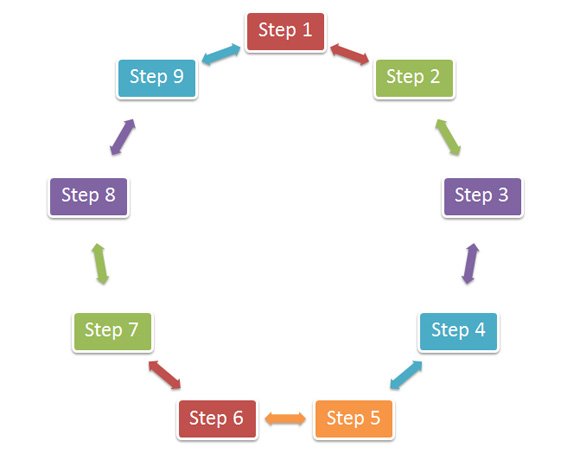What is the 9 Step Problem Solving Model?
Being the leader or the manager does not just make you responsible for all that happen, whether it is a success or a loss. It also brings on you the albatross to handle problems and then solve it tactically. Problem solving is a vital skill that develops with time and experience yet you cannot master it, for every time the problem, situation and its solutions will be different from the earlier one.

Let’s have a look at the below provided 9 step problem solving model, to gain know-how of the trouble construing fundamentals:
1. Understanding the Issue
Comprehending the situation to the fullest is important. Not simply by listening or reading but looking into the depth of the situation. The question or the obstacle has to be understood from every angle, so that there are no discrepancies for the future.
2. Taking Opinions of Others, Who are Involved
You might have the authority or are in position to take the decision, but collecting opinions of those who are directly or indirectly involved in the scenario will help you in taking a card-carrying decision. The experience of others always proves helpful.
3. Gauging the Actual Problem
Often what might seem to be the real issue has hidden layers beneath, so if you take a deeper plunge in to the circumstances, you might be able to decipher, where the real bend lies.
4. Recognizing the Applicable Solutions
There are different solutions to every issue, one needs to analyze and enlist all of them. It helps in better decision making. If you have options in front of you and you are willing to consider them, then certainly there are chances of improved managerial efficiency.
5. Analyzing Flipside Options
Do not count your eggs before they hatch. So always give a thought to what will be the effect if the action that you have decided to take, does not work out.
6. Keeping the Other Option Close at Hand
You do not have to place all of them at the table yet keeping your other cards at reach, is counted as an intelligent move.
7. Collecting Nods from Others
This will keep you on the safer side. It also prevents the pointing of fingers at you or being called autocratic. By doing this you are also able to count the pros and cons of the decision that you have zeroed on.
8. Executing the Resolution
It is a crucial step. Bringing to action what has been decided, especially when there is a problem already at hand. Be calculative yet take your chances, after all that is what a leader should do best.
9. Reviewing the Outcome
This is the final step and the decisive one. Whether the applied concept works or not, you get a lesson both ways. If it does then, how to apply it in future and if the output is negative then, identifying your shortcomings and improving them for a positive effect.
In PowerPoint you can model this process by using a SmartArt graphic or shapes. In the sample above we are showing you how to design a 9 steps process in PowerPoint using a block cycle diagram or a multidirectional diagram cycle shape that is intended to be used to represent a continuing sequence of stages, tasks, or events that can occur in any direction.
You can find many examples online to be used as reference, for example the nine step problem solving model for classic airlines or nine step problem solving model used on Marketing or 9 step or 7 step decision making process online. So, here are the touchstones for you to take support from and implement according to your framework.
